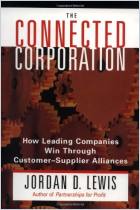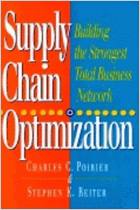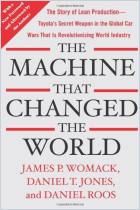
Read or listen offline
Amazon KindleRecommendation
Jeffrey Dyer, an accomplished scholar and management teacher, has developed a cogent and sophisticated theory of extended enterprise management based on a wealth of empirical data from the history of Toyota in Japan and from his six-year study of Chrysler Corp. before its merger with Daimler-Benz. Beyond being a detailed and rigorous case study of the automobile manufacturing industry, Dyer’s book presents an extremely valuable model for vertical integration. His model can be applied to other complex product industries, though he is honest about the limits of its applicability. This book provides a clear, effective blueprint for achieving value-chain collaboration. getAbstract recommends it to consultants, executives in complex product industries and leaders in firms that supply components or materials. If you always suspected you were part of a greater whole, now you can be sure.
Summary
About the Author
Jeffrey H. Dyer is an associate professor and holds the Donald Staheli Term/Chair in international strategy, organizational leadership & strategy at Brigham Young University. He has worked as a consultant and manager for Bain & Co.





















Comment on this summary or Start Discussion